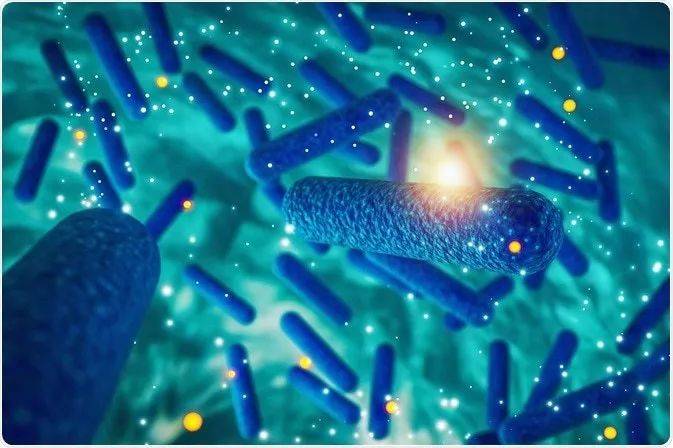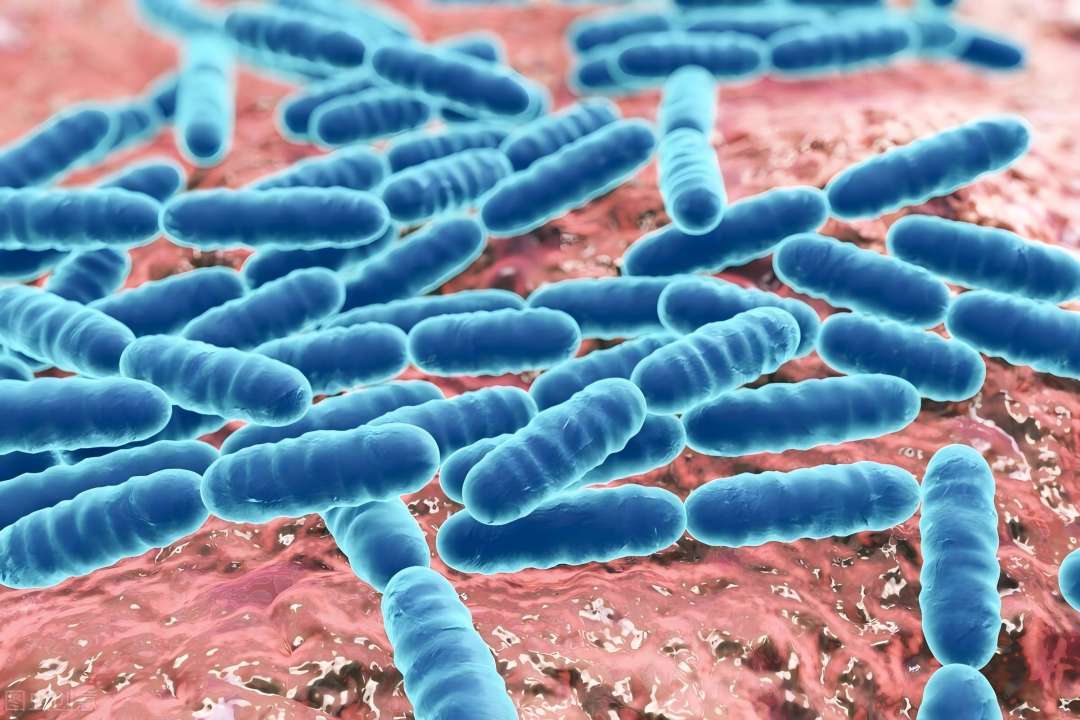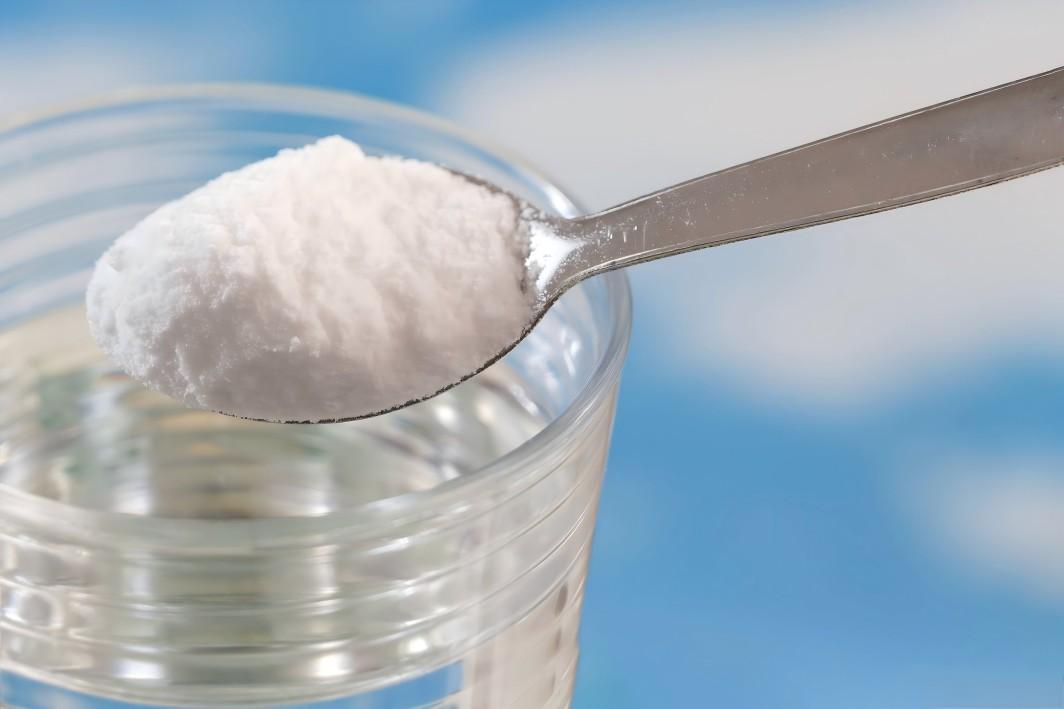What Is the Use of Fructo Oligosaccharide FOS?
Fructo oligosaccharides (FOS), also known as inulin oligosaccharides or fructooligosaccharides, are widely found in nature, such as in chicory, Jerusalem artichoke, garlic, onions, burdock, bananas, wheat, honey, asparagus, etc. [1]. FOSsucrose and inulin are the two main types of FOS, depending on the raw material and production process. Fructooligosaccharides are sweeter than sucrose, with a sweetness that is refreshing, and a sweetness that is about 30% to 60% of the mass fraction of sucrose; the viscosity is similar to that of corn high fructose syrup, and decreases with increasing temperature [3]. Fructooligosaccharides are stable at neutral pH and decompose easily at acidic pH. They have good solubility, high temperature resistance, inhibit starch aging, are non-coloring, shape-giving, alkali-resistant, water-retaining and stable, but are not hygroscopic.

Fructooligosaccharides are stable and not digested by endogenous enzymes in the gastrointestinal tract. They can improve the intestinal microflora, promote intestinal development, lipid metabolism, promote mineral absorption, enhance immunity and other physiological effects. This paper reviews the physiological effects of fructooligosaccharides and the progress of their application research.
1 Physiological effects of fructooligosaccharides
1.1 Improve intestinal microflora
Fructooligosaccharides are linked together by β (2 → 1) bonds. As the human body lacks the enzymes to hydrolyze β (2 → 1) glycosidic bonds, fructooligosaccharides cannot be directly digested in the digestive tract and are not absorbed in the small intestine, so they can reach the large intestine directly. Normally, there is a lack of carbon sources in the large intestine that can be utilized by large intestine bacteria, so once carbohydrates enter the large intestine, they will have an important impact on the intestinal flora. After being consumed, oligofructose goes directly to the large intestine, where it is fermented by intestinal flora to produce short-chain organic acids such as acetic acid, propionic acid, and butyric acid, which lower the intestinal pH. This improves the balance of intestinal flora, promotes the growth of beneficial bacteria such as bifidobacteria and lactobacilli, while inhibiting the growth and reproduction of harmful bacteria and pathogens. It also reduces the production and accumulation of toxins and putrefactive substances, promotes intestinal peristalsis, and relieves constipation and diarrhea.
In 2007, the Functional Food Testing Center of Beijing Union University conducted a prebiotic (fructooligosaccharides) experiment to regulate the function of intestinal flora. The results showed that after ingesting fructooligosaccharides, the bifidobacteria in the feces increased significantly, while the number of Clostridium perfringens decreased significantly, and there was no significant change in other bacteria. Gu Hao et al. showed that oligofructose can promote the growth of bifidobacteria and lactobacilli in the rat intestine [7]. Li D et al. reported that oligofructose is indigestible but can be used as a prebiotic to promote the growth of bifidobacteria and lactobacilli in the mammalian intestine and regulate the intestinal microecological balance [8]. The indigestibility of oligofructose and its effect on the proliferation of bifidobacteria are the basis of its health benefits.
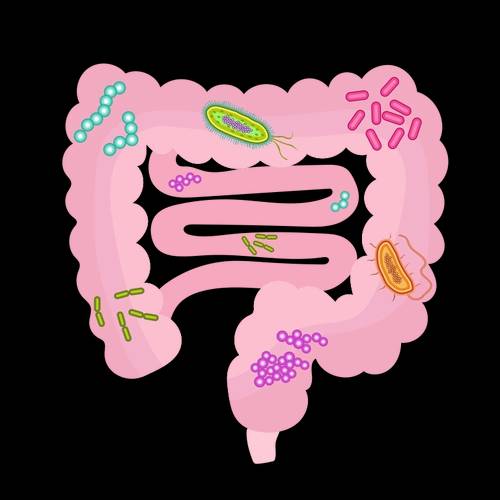
1. 2 Promote intestinal metabolism
Oligofructose can promote small intestinal peristalsis, accelerate the degradation and elimination of intestinal putrefactive substances. It can have the effect of laxatives, improve stool properties, and prevent and relieve constipation. Fructooligosaccharides can rapidly proliferate bifidobacteria, forming a bacterial film on the intestinal mucosa that makes it difficult for pathogens to colonize. Bifidobacteria, while being cultivated, also degrade fructooligosaccharides in large quantities, thereby producing short-chain fatty acids, lowering the pH of the intestinal lumen, directly inhibiting the growth of pathogenic bacteria, and accelerating peristaltic movement in the intestinal lumen[9].
In addition, fructooligosaccharides are water-soluble, easy to eat, and not absorbed by the body or harmful bacteria. They can stimulate the rectal defecation reflex and have a synergistic effect with bifidobacteria, which can detoxify and disinfect. This way of detoxification through microecological balance is safe, effective, and has no toxic side effects. Liu Xiaomei et al. established a constipation model in Wistar rats to explore the laxative function of fructooligosaccharides. The results showed that when rats were fed 1.0 g/(kg·d) fructooligosaccharides, they exhibited a laxative effect and had a good effect on maintaining the balance of intestinal flora and inhibiting the growth of enterococci and enterobacteria [10].
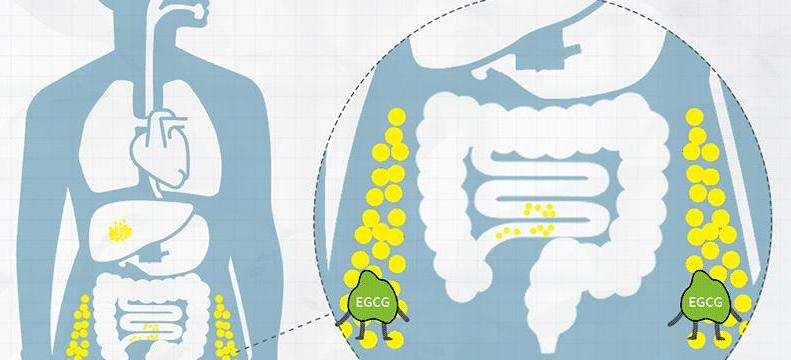
1.3 Enhances the body's immune system
Fructooligosaccharides regulate the intestinal microecological balance by promoting the proliferation of bifidobacteria in the intestine. Bifidobacteria have a dual effect on the immune system. On the one hand, they can cause specific antigens that trigger local and overall immune responses, and on the other hand, they can affect the number and distribution of immune cell populations in the intestinal mucosa and play an important role in regulating immune responses [11].
It is well known that bifidobacteria and their metabolites can enhance the body's immune response, increase the activity of NK cells and macrophages, increase antibody production, and promote the secretion of immune factors, thereby enhancing defenses. Therefore, oligofructose improves the body's immunity by proliferating bifidobacteria.
Tai Xiulin and others found that oligofructose can improve the growth performance of calves, prevent intestinal atrophy in early weaned calves, maintain the normal morphological structure of the intestine, improve the immune performance of calves, and relieve the stress of weaning on calves [12]. Zhang Lei et al. found that adding 0.2% oligofructose to the feed can significantly increase the serum IgG antibody concentration of nursing sows and piglets and increase the serum sIgA antibody concentration of nursing sows, thereby enhancing the immune function of nursing sows and their piglets [13].
1. 4 Improves fat metabolism
Fructooligosaccharides can effectively reduce the amount of serum cholesterol, triglycerides and free fatty acids, and have a good effect on improving a series of cardiovascular diseases caused by high blood lipids, such as hypertension and atherosclerosis. Yamazaki et al. conducted an experiment on 12 69-year-old people, showing that eating 8g of oligofructose every day for 4 weeks resulted in an increase in the amount of cholesterol excreted in the stool from 2.81 ± 0.94mg to 8.18 ± 2.37mg[6]. Liu Guohong et al. investigated the hypolipidemic effect and mechanism of oligofructose and found that oligofructose can reduce the serum triglyceride content of normal mice and reduce the absorption of lard, peanut oil and cholesterol by the gastrointestinal tract [14].
1.5 Promotes mineral absorption
Fructooligosaccharides are a type of water-soluble dietary fibre that cannot be digested or absorbed by the stomach or small intestine. However, they can form “fructooligosaccharide-mineral complexes” with minerals. Once they reach the large intestine, the fructooligosaccharides are fermented by bacteria to produce short-chain fatty acids, which release mineral elements (such as Ca2+, Mg2+, Fe2+ and Zn2+). At the same time, because short-chain fatty acids lower the pH of the intestine, under acidic conditions, the dissolution rate of minerals such as calcium , magnesium, iron, zinc and other minerals dissolve at an increased rate. In addition, short-chain fatty acids, especially butyric acid, can stimulate the growth of conjunctival cells and improve the intestinal mucosa's ability to absorb ions.
Research by Heuve et al. has shown that continuous intake of fructooligosaccharides can enlarge the cecum and increase its acidity, effectively promoting the absorption of calcium, magnesium and iron. In addition, it can significantly increase liver zinc and magnesium levels [15]. Weaver et al. investigated the effect of several prebiotics and dietary fibres on the absorption of calcium in mice. The data showed that the calcium absorption of mice in the experimental group supplemented with fructooligosaccharides was significantly better than that of other groups. The results show that ingesting fructooligosaccharides can improve the organism's absorption of calcium ions [16]. Therefore, fructooligosaccharides can improve malnutrition, promote growth and development, and prevent osteoporosis.
2 Application of fructooligosaccharides
2. 1 Application of fructooligosaccharides in feed
In the early 1980s, researchers at home and abroad sought to find a substance that could promote the growth and reproduction of beneficial intestinal bacteria without being absorbed and utilized by harmful bacteria and livestock themselves. It was found that short-chain sugar substances, also known as functional oligosaccharides, had this function. In the mid to late 1980s, Japan was the first to develop it into a feed additive for use in the feed industry. The animal nutrition industry in China only came into contact with this type of additive in the late 1990s.
The main effect of oligofructose is to proliferate bifidobacteria in the animal body, thereby increasing the growth rate of bifidobacteria and inhibiting harmful bacteria in the intestine to varying degrees. Oligofructose also has the effect of increasing daily weight gain, feed conversion rate, disease resistance of the animal body, and reducing the number of pathogenic bacteria such as Escherichia coli and Salmonella in the digestive tract and 7 products [17].
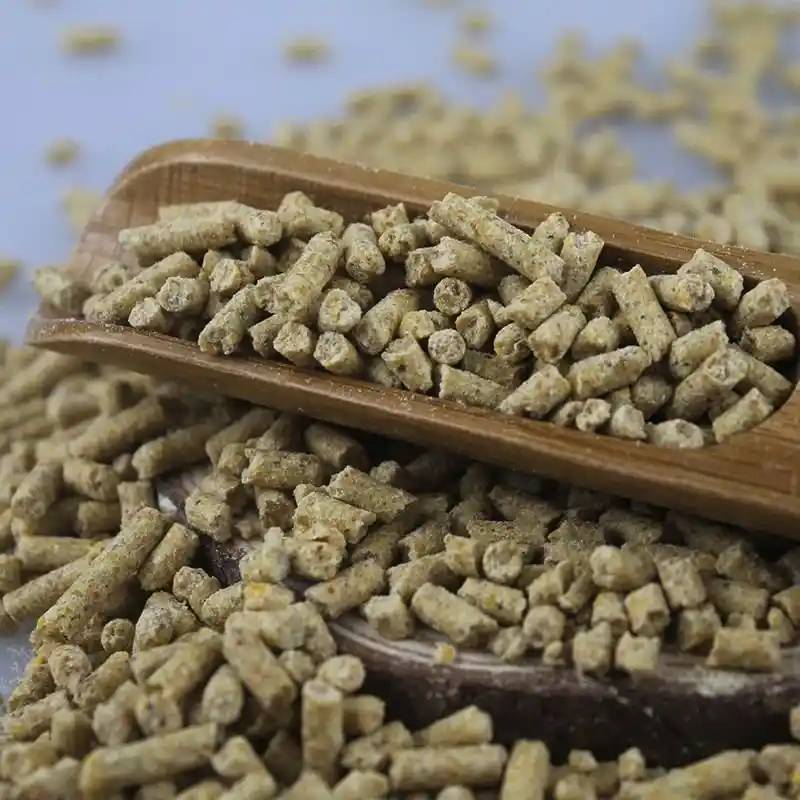
2. 2 Application of oligofructose in food and health products
At present, Europe, America, Japan and other countries have already applied oligofructose in a variety of foods such as lactic acid bacteria drinks, solid drinks, candy and cakes, biscuits, bread, jelly, cold drinks, soup, cereals, etc. The addition of oligofructose not only improves the nutritional and health value of foods, but also effectively extends the shelf life of various foods such as ice cream, yogurt, jam, etc. In addition, fructooligosaccharides have low calories, do not cause obesity and do not raise blood sugar. They are an ideal new health-preserving sweetener that can be used as a food base in foods to meet the needs of diabetics, obese patients and hypoglycemic patients.
In recent years, fructooligosaccharides have been widely used in infant foods, especially dairy products, such as infant milk powder, whole milk, flavored milk, fermented milk, lactic acid bacteria drinks, and various milk powders. Adding a moderate amount of prebiotics such as fructooligosaccharides, inulin and lactulose to infant formula can promote the growth of bifidobacteria or lactobacilli in the colon [18]. Fructooligosaccharides can be used as a bioactive prebiotic and water-soluble dietary fibre in drinking water. It can not only meet the basic physiological functions and metabolic needs of the human body, but also promote human health. Its effects complement each other and enhance each other [2]. The New Zealand Food Safety Department issued Amendment 55 to the New Zealand Food Standard, which approved the use of oligofructose in infant formula, baby food, and children's supplementary foods, and was implemented on October 17, 2013.
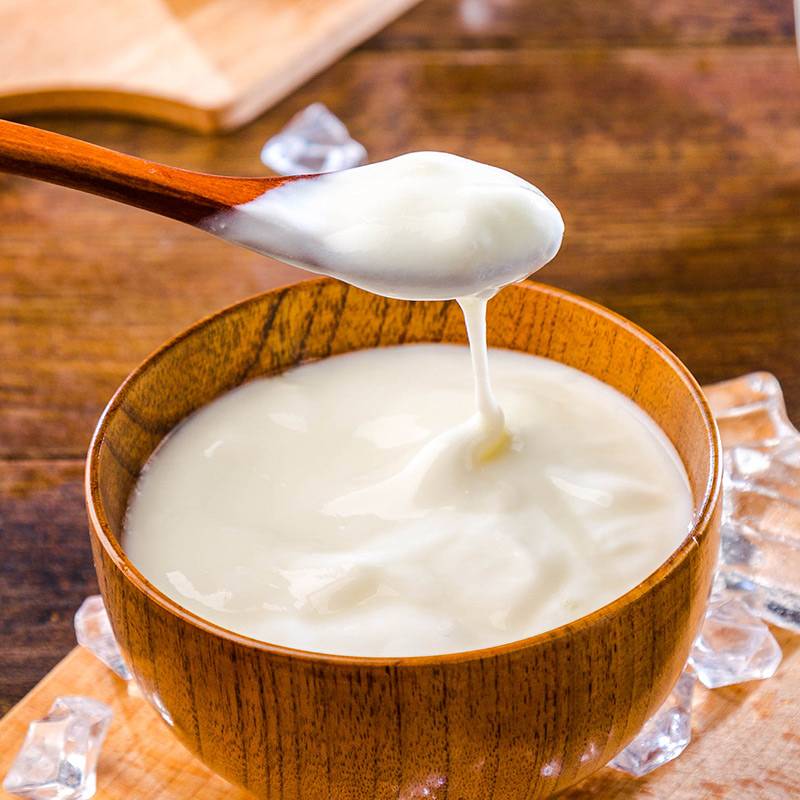
2. 3 Application of oligofructose in foods for special medical purposes
Although fructooligosaccharides are not considered to have all the effects of dietary fibre due to their small molecular weight, this characteristic makes them well-suited for use in liquid special medical foods, which are often consumed by patients through tubes. Many dietary fibres are not compatible with liquid medical foods. Insoluble fibres tend to settle and block the feeding tube, while soluble dietary fibres increase the viscosity of the product, which makes it more difficult to administer through a fixed tube. Fructooligosaccharides can exert many physiological effects similar to those of dietary fibres, such as regulating intestinal function, maintaining the integrity of the large intestine, preventing translocation, altering the route of nitrogen excretion and increasing mineral absorption [19]. In short, fructooligosaccharides are widely used in special medical foods due to their good compatibility with liquid medical foods and many physiological effects.
3 Prospects
At present, the production and use of fructooligosaccharide products is on the rise in countries around the world. With the development of the market, the demand for fructooligosaccharides in the domestic and international food industries, foods for special medical purposes, animal feed and the aquaculture industry will continue to grow.
Currently, there are two methods of producing fructooligosaccharides: one is sucrose-based fructooligosaccharides, which use sucrose as the raw material and are produced by the trans-fructosylation reaction of β-fructose transferase active enzymes, which combine 1 to 3 molecules of fructose non-reducing sugars on the fructose residues of sucrose. This produces a large amount of by-products glucose and sucrose, and the reaction is not easy to control; the other is inulin-based fructooligosaccharides fructan, which is produced by using the endo-amylase produced by microorganisms to hydrolyze amylopectin.
The product is only oligofructose and a small amount of fructose, with high purity and cheap raw materials. Sucrose-based oligofructose has a physiological effect that is greatly reduced because it contains 25 to 35% glucose and fructose and 13 to 25% sucrose that has not been converted, which affects its application in some special populations [20]. Inulin-based fructooligosaccharides have attracted much attention due to their high purity and are currently a hot research topic at home and abroad. Their application in high-end products such as diabetes products, infant and toddler products, elderly care products, and beauty products will have great market potential. Therefore, vigorously developing inulin-based fructooligosaccharide production technology will have huge market prospects and economic benefits.
References
[1] Ding Xiaowen, Zhou Caiqiong. Principles of Health Food [M]. Chongqing: Southwest Normal University Press, 2008, 179-180.
[2] Shi Xiaoli. Production process and application of oligofructose [J]. Farming and Feed, 2010, (5): 45-48.
[3] Shi Weizhen, Du Jun, Guo Xinguang, et al. National standard for oligofructose [S]. GB / T 23528- 2009.
[4] Ma Yan, Guo Jing. Analysis of the effect of different doses of oligofructose on physiological flora [J]. Food Engineering, 2012, (1): 120-123.
[5] Hang Feng, Wu Jianfeng, Wang Yinyu, et al. Research on the regulation of human intestinal flora function by oligofructose [J]. Dairy Science and Technology, 2010, (3): 108-111.
[6] Guo Chuanqi, Pang Mingli, Yang Haijun. Research on the application of oligofructose in the field of health food [J]. Fine and Specialty Chemicals, 2014, 22(11): 21-24.
[7] Gu Hao, Xia Yiwei, Wei Liping, et al. Comparative study on the growth of probiotics in the intestines of normal rats by peach gum polysaccharides, resistant starch and oligofructose [J]. Journal of Anhui University of Traditional Chinese Medicine, 2013, 32(2): 69-70.
[8] Li D, Kim JM, Jin Z, et al. Probiotic effectiveness of inulin extracted from edible burdock [J]. Anaerobe, 2008, 14: 29-34.
[9] Xue Shan. Research progress on the biological efficacy and production technology of oligofructose [J]. Food Industry, 2012, 33 (4): 115-119.
[10] Liu Xiaomei, Peng Zhirong, Ni Xueqin, et al. Effects of oligofructose and Lactobacillus on the laxative function of constipation model rats [J]. Food Science, 2013, 34(11): 296-299.
[11] Prioult G, Fliss I, Peequer S. Effect of probiotics bacteria on induction and maintenance of oral tolerance to β-lactoglobulin inotobiotic mice [J]. Clinical and Diagnostic Laboratory Immunology, 2003, 10 (5): 787-792.
[12] Tai Xiulin, Long Xiang, Xiang Zhao, et al. Effects of oligofructose on growth performance, blood physicochemical indicators and intestinal mucosal morphology of early weaned calves [J]. China Animal Husbandry Journal, 2009, (11): 34-38.
[13] Zhang Lei, Wang Jianfeng, Yao Yao, et al. Study on the effects of adding oligofructose or inulin to the diet of lactating sows on production performance and serum antibody concentration [J]. Zhejiang Animal Husbandry and Veterinary Medicine, 2014, (2): 1-3.
[14] Liu Guohong, Ma Jiaojie, Wei Ying, et al. Discussion on the hypolipidemic effect and mechanism of oligofructose [J]. Food and Drugs, 2015, 17 (1): 34-36.
[15]Heuvel E,Muijs T,Brouns F,et al. Short-chain fructo oligosaccha- rides improve magnesium absorption in adolescent girls with a low cal- cium intake〔J〕. Nutrition Research,2009,29(4) : 229-237.
[16]Weaver CM,Martin BR , Story JA,et al. Novel fibers increase bone calcium content and strength beyond efficiency of large intestine fer- mentation〔J〕. Journal of Agriculture and Food Chemistry,2010,58 ( 16) : 8952-8957.
[17] Lin Qinlu, Qin Dan, Jin Yanghai. Production and application of functional factors of oligofructose [J]. Chinese Food and Nutrition, 2002(4): 20-22.
[18] Si Junling, Zheng Jianqiang. Research on low-fructose acid milk [J]. Food Industry Science and Technology, 2008, 248 (9): 222-223.
[19] Wang Naiqiang, Liu Hui, Li Guoqing, et al. Application of oligofructose in foods for special medical purposes [J]. Fine and Specialty Chemicals, 2013, 21 (6) : 11-14.
[20] Weng Guihua, Ma Yuhong, Zhang Tao, et al. Preparation of high-purity fructooligosaccharides using membrane technology [J]. Food Industry Science and Technology, 2010, 31 (1) :224-227.


 English
English French
French Spanish
Spanish Russian
Russian Korean
Korean Japanese
Japanese